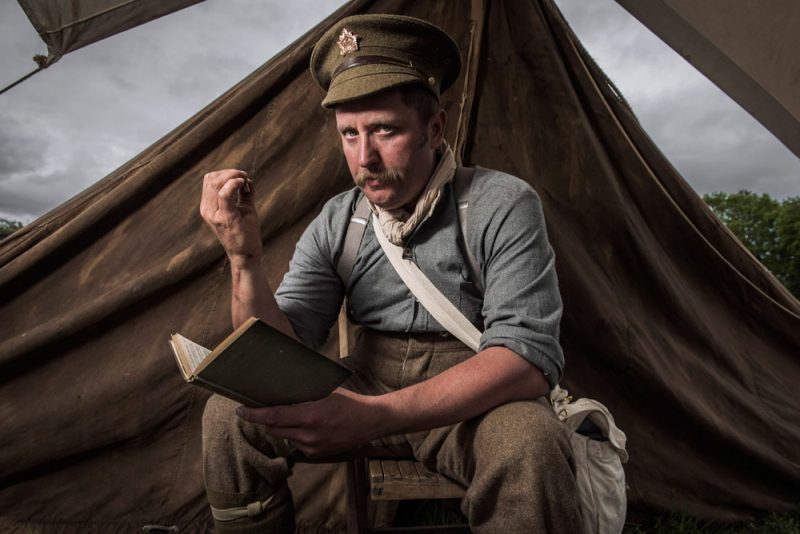“An army of sheep led by a lion can defeat an army of lions led by sheep.”
“Lions led by donkeys” is a famous phrase that described British infantry during the First World War. Soldiers are presented as brave lions, sent to mortal combat by indifferent and incompetent generals, stamped as “donkeys.”
In this article, we will try to understand the objectivity of this statement and find out whether the British generals were deservedly called “donkeys.”
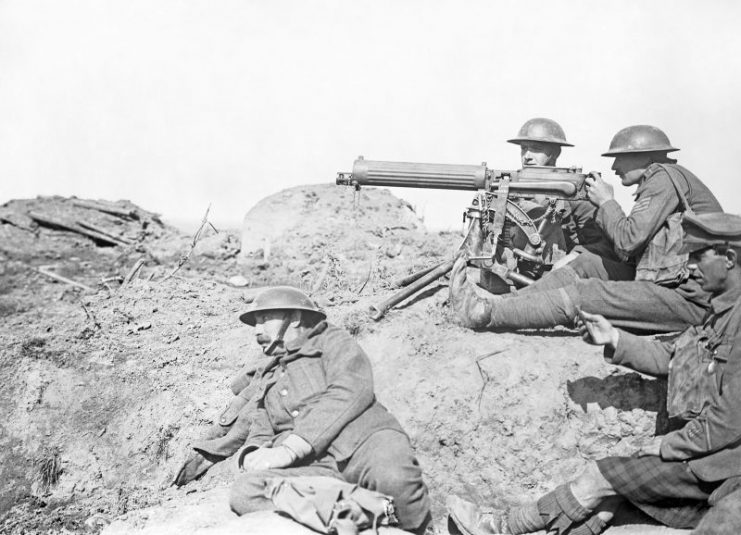
During World War I, Britain had 1,252 officers in the highest ranks, from administrators to people commanding the army in battle. They had to deal with situations that none of the British military leaders encountered.
In the end, they managed to bring the Allies and Britain victory in a bloody war. Perhaps history misjudged the generals of the First World War?
https://youtu.be/tx41dFGvurQ
The phrase “lions led by donkeys” has its origins long before the First World War. The ancient Greek writer Plutarch to Chabrias ascribed to Athenian general a statement that “an army of deer commanded by a lion is more to be feared than an army of lions commanded by a deer.”
Another ancient Arabic text states that “An army of sheep led by a lion can defeat an army of lions led by sheep.”
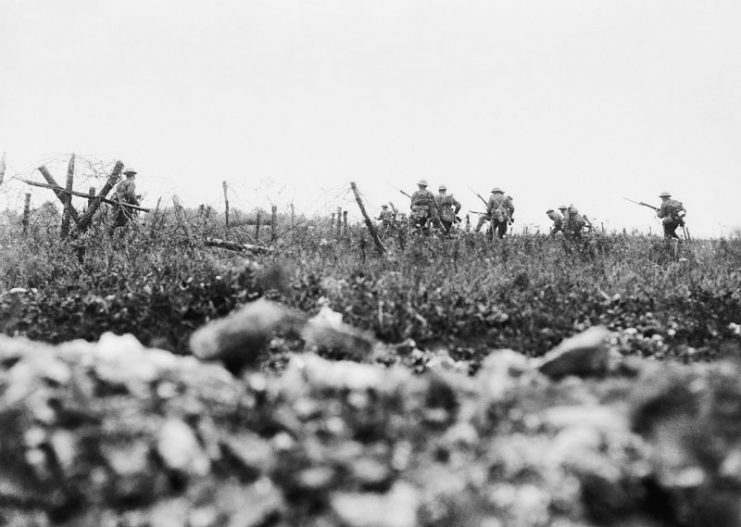
During the Crimean War, a British soldier sent a letter quoting a Russian officer who said that “British soldiers were lions controlled by donkeys.”
As in other historical myths, fragments of truth are widely distorted and may carry incorrect information by changing the whole picture of perception. One of the myths claims that the British generals were out of communication and had no idea what was happening on the front line.
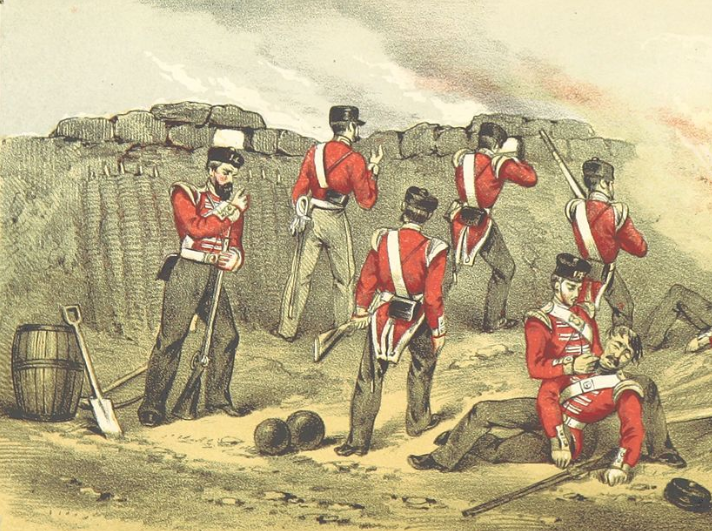
However, the assertion that most of the generals were out of touch was completely implausible and different from reality. The generals knew exactly what was happening on the battlefield. Because of the limited room for maneuver on the Western Front, there were several lines of attack that did not include an across No Man’s Land.
Initially, the scale of deaths was so great that it led to a rethinking of how the British army conducted the battle. The situation required a change in combat strategy.
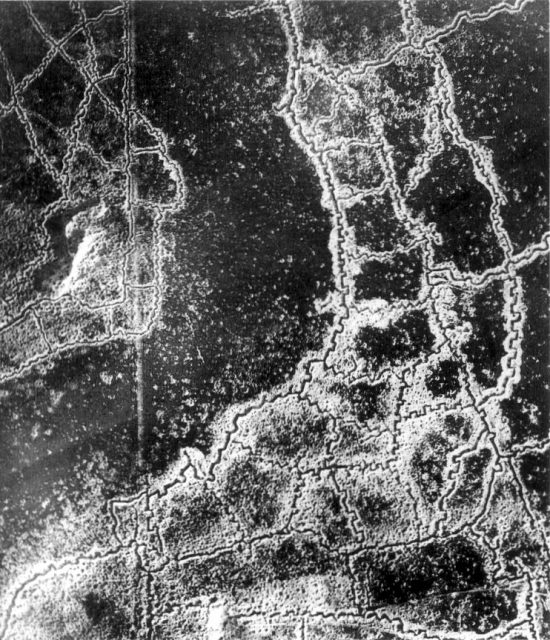
It is worth noting that the mistakes were made by the generals of all parties to the conflict. For example, German General Erich von Falkenhayn plan for the exhaustion of the French in Verdun. Despite the fact that Verdun had a relatively small strategic importance, Falkenhayn was convinced that a war could only be won by depleting the French labor force and resources.
He destroyed thousands of German and French lives in an attempt to defeat the war by attrition.
Russian armies also suffered heavy losses in the early years of the war, especially in the Battle of Tannenberg, losing 56 thousand people and 9 generals.
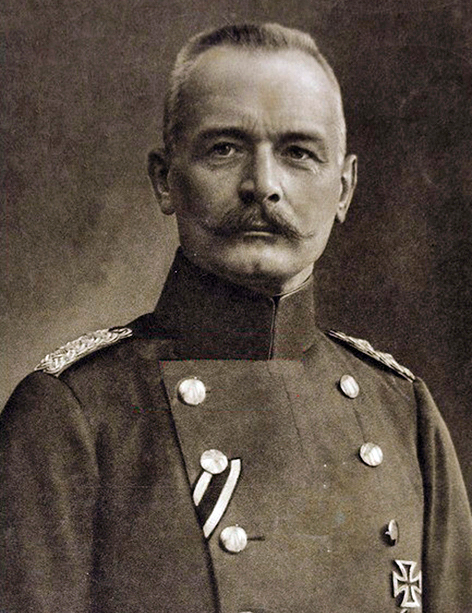
The Italians also suffered setbacks and their casualties were no less. During the Battle of Caporetto which is one of the biggest battles of the First World War, General Luigi Cadorna made a series of fatal mistakes that led to numerous casualties. After the defeat of the Italian troops Cadorna was removed from office.
The Italian version of “Lions headed by donkeys” sounds like this: “poor bastards led by arrogant idiots”.
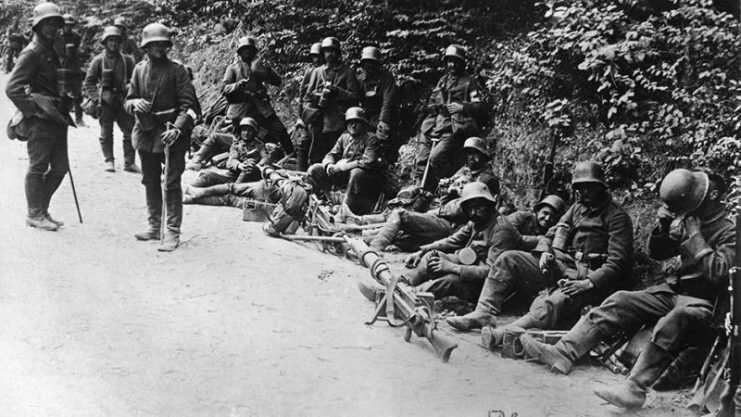
The main reason that the battle lines of the First World War rarely changed was the powerlessness of the attack in the face of decisive defense, and not the incompetence of the generals. In spite of the losses the troops had the opportunity to capture the front trenches, but the advantages in the battle were difficult to achieve.
Heavy casualties were often unavoidable were an inevitable victim in any offensive. The fact is that offensive troops were moving at a speed of about 1-2 miles per hour, while the defenders were able to use the railway network and move at a speed of about 25 miles per hour. Thus, the defenders had the opportunity to increase their forces 20 times faster than offensive troops.
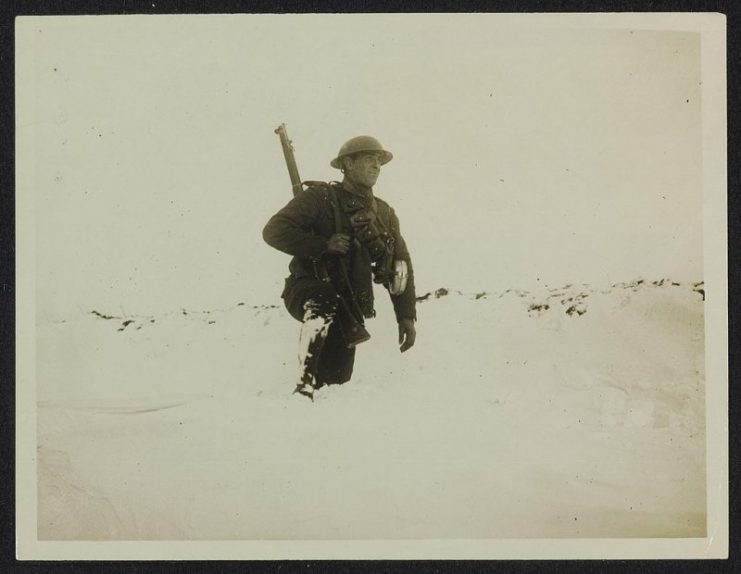
Communication was also one of the advantages of the defenders in the conflict. The warlords had little opportunity to know which units were successful in the offensive. For this reason, they did not always know where to send troops to support breaches in the defensive line.
The commanders of the defending side had the opportunity to use telephone lines to transmit the necessary information, while the advancing troops did not have such an opportunity. The smallest “trench radio” consisted of 6 people to convey information, and this No Man’s Land was impractical.
![British infantry [2nd Leicesters] at drill during a rest from the trenches](https://www.warhistoryonline.com/wp-content/uploads/sites/64/2019/03/2nd_leicesters_at_drill_during_a_rest_from_the_trenches_photo_24-341-741x567.jpg)
Read another story from us: The German Corpse Factory – Great Piece of British Propaganda
By 1918, Haig’s forces had created a weapon system and strategy that allowed them to defeat the German army. The battles of the Western Front for the most part were costly human lives. The French commander, General Mangin, said that “whatever you do, you lose a lot of men.”
Thus, it can be judged that the generals of all howling countries made mistakes that cost many lives. The statement that the generals of Great Britain “donkeys” is not appropriate, especially given the fact that they won the victory.
